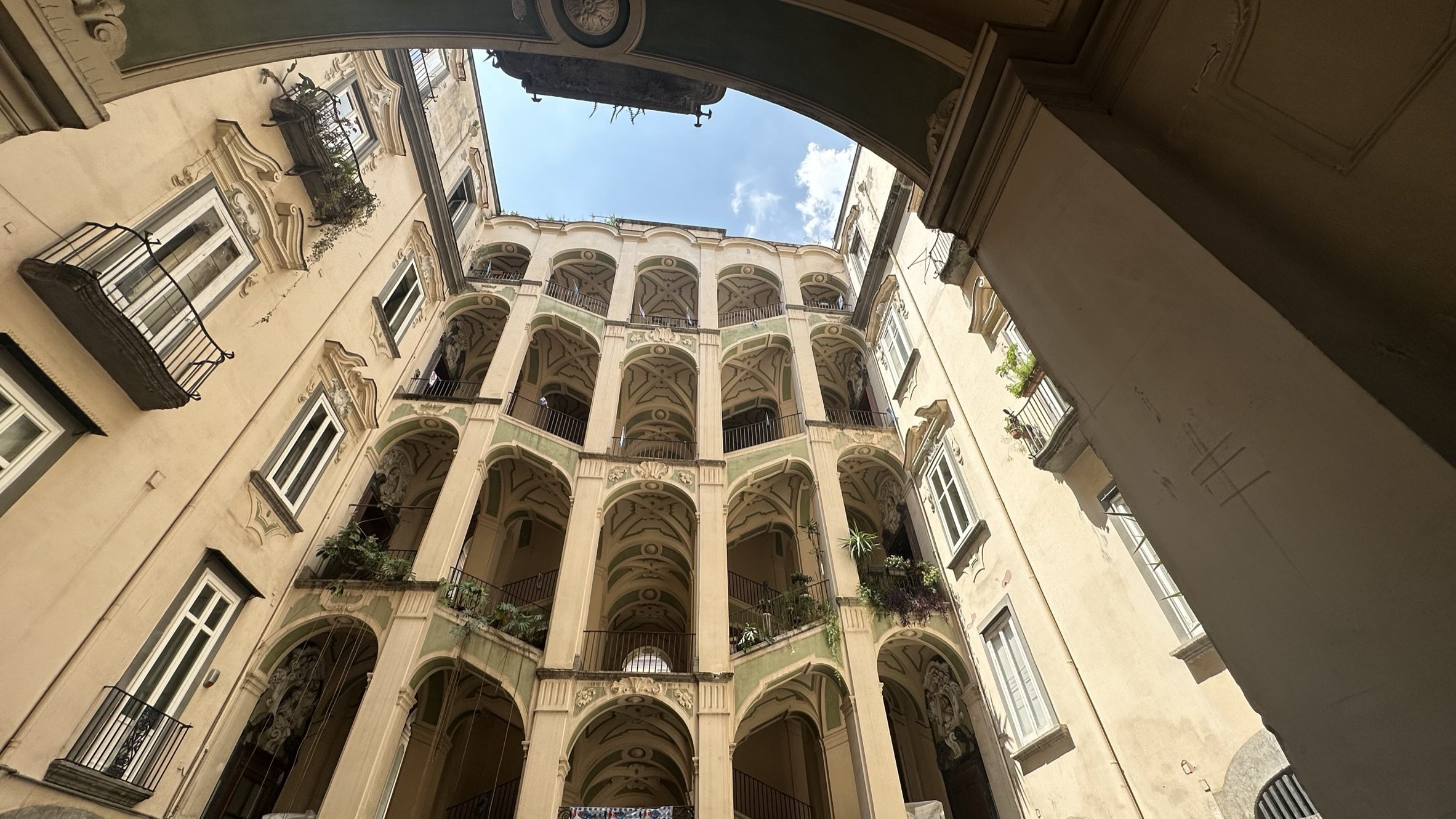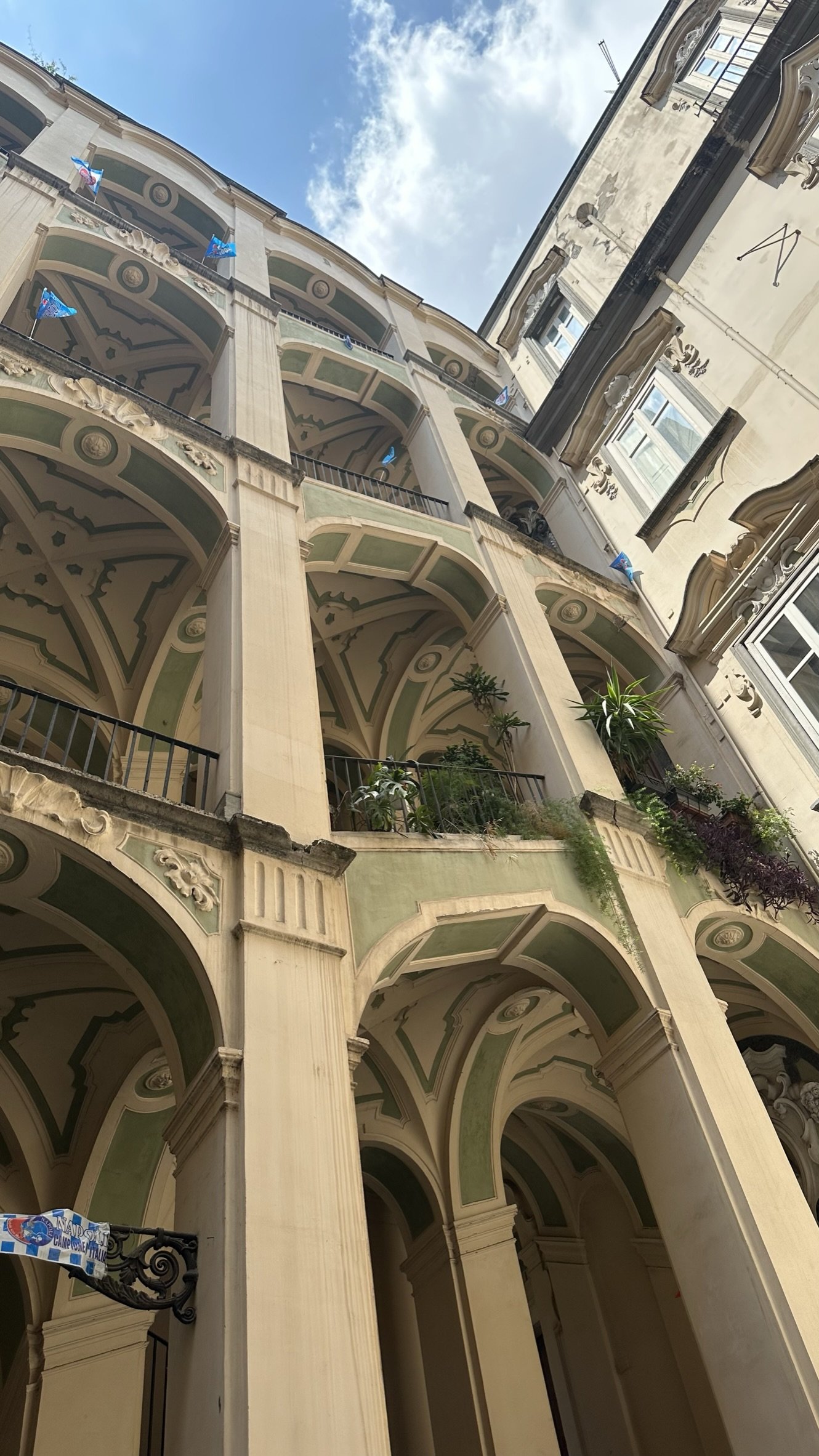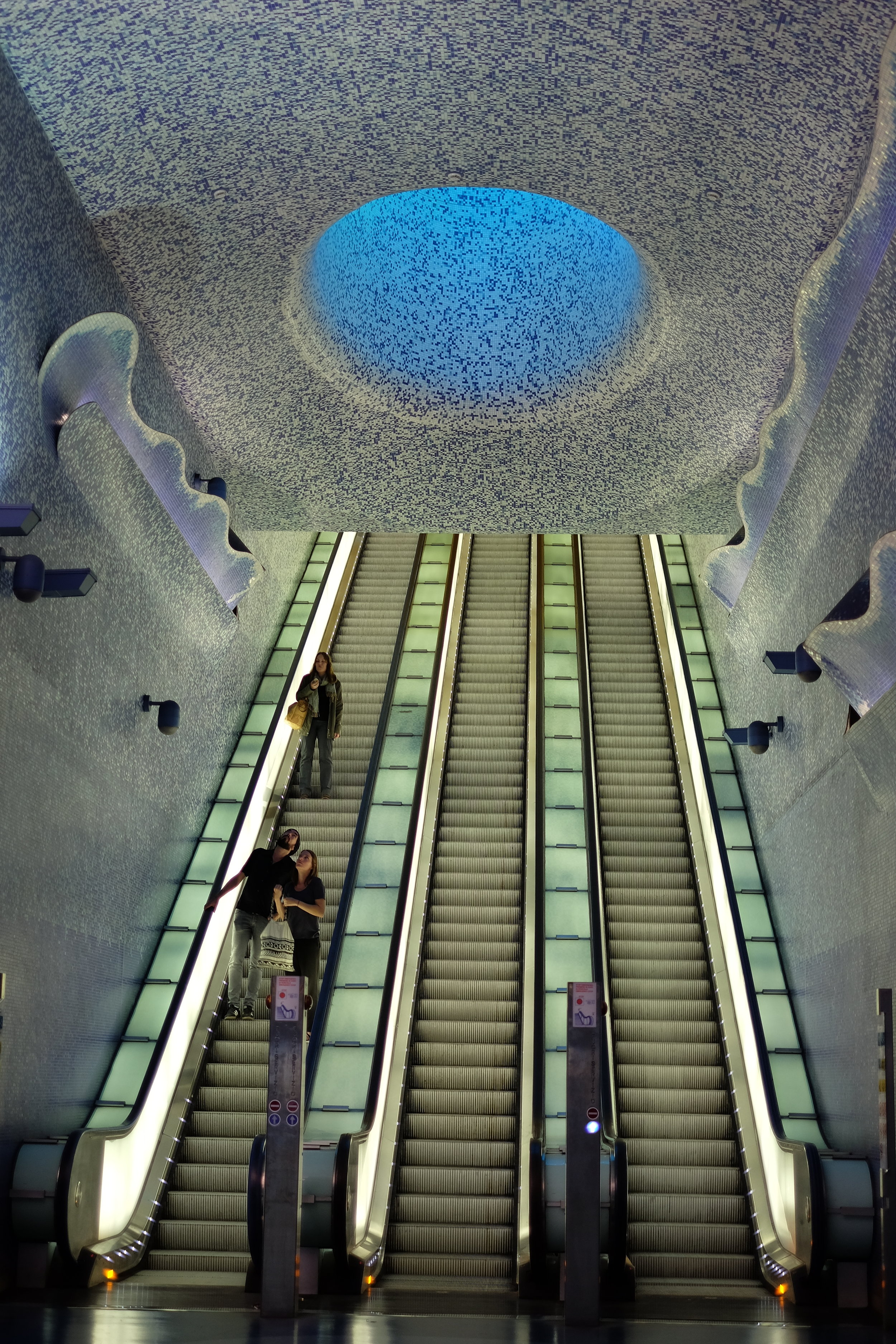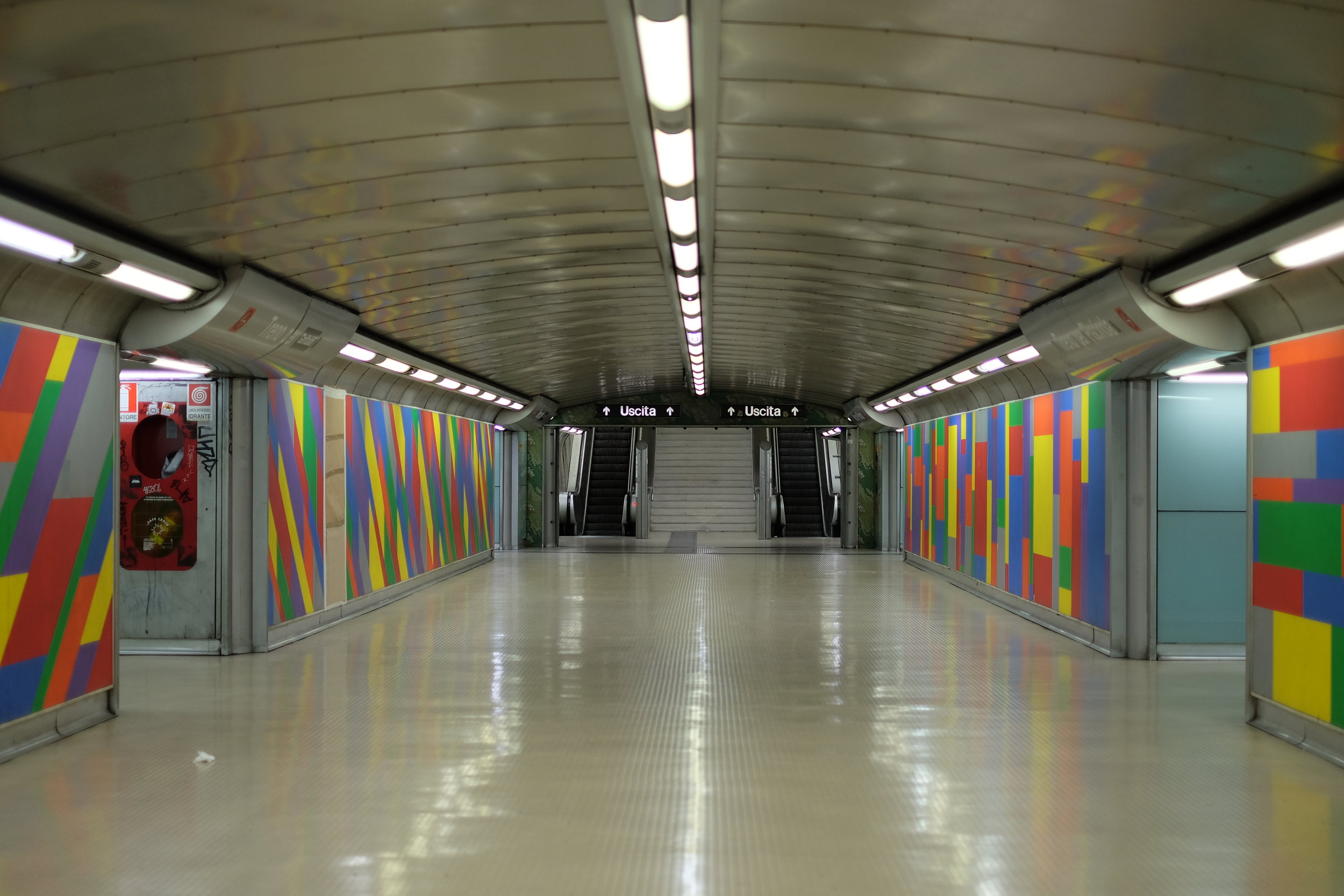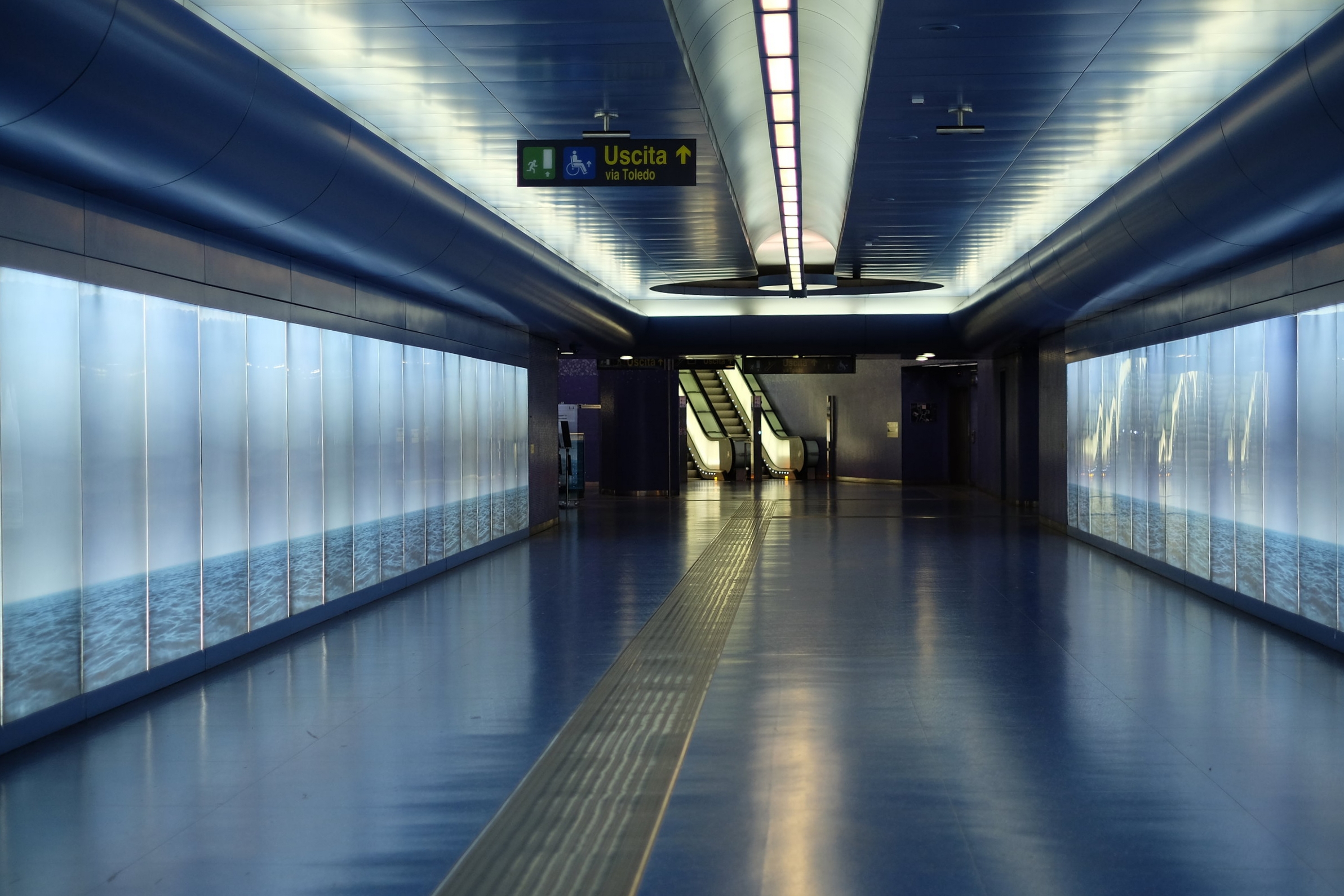Rebirth. There is no more appropiate word to describe what is happening to the Sanitá district, the area between Capodimonte and the back of the Archeological Museum.
In the past, this part of the city was very dangerous and very poor. Famous to be the set of many old movies and to be the birth place of the most popular Neapolitan comedian, actor and poet of all time ‘Totó’, where today you can visit his old home.
Situated in the Stella-San Carlo quarter, Sanitá as we see it today was developed in the 16th century on land north of Napoli outside the walls of the city.
Originally, Sanita was a wooded area with springs of pure water (probably from this it took the name Sanitá, health) and it started off as a greek-roman burial area and this is where you can find the greek and early christian catacombs of San Gennaro and San Gaudioso and also the Fontanelle Cemetery, where victims of the plague were buried in 1656. This might be another theory about the origin of the name. Not only the health of the living but also of the dead. This is explained by the deep connection between Neapolitans and the after life. The Fontanelle cemetery is a typical example of this where people used to come to the cemetery and ‘adopt’ a skull or a skeleton in order to look after it and ask for a ‘miracle’. You can read more about the cemetery here.
Centuries after centuries, Sanitá became very poor and dangerous, even though royalty and aristocratic families built their palaces in the area and many religious orders settled there too. This is the reason why Sanitá has the highest number of churches in Napoli.
Only in recent years have things started to change for the better in Sanitá. Inhabitants started to tire of the increasing crime rate and decided to try and improve the area themselves. This part of Napoli, completely abandoned by institutions and politicians for so many years, is improving thanks to the courage and industry of many young Neapolitans, who instead of move abroad (like many) decided to work hard and make the area a better place to live and more pleasant for tourists to visit and see all the amazing things this zone has to offer.
Fontanelle Cemetery.
Lots of things to see in Sanitá then. First of all the Fontanelle Cemetery, which is planned to reopen soon after a restyling of the entrance by the world renowned Italian architect Lorenzo Piano.
As I have already mentioned, the key of this rebirth is the younger generation which made possible the restoration and the reopening of the San Gennaro and San Gaudioso catacombs. It is called the Cooperative of the Paranza. To know more about the catacombs and this project visit their official website here: Catacombs of Naples.
This Cooperative is also responsable for the restoration of Sant' Aspreno ai Crociferi church, where the sculptor Jago based his studio and his permanent exhibition of sculptures. His art is deeply inspired by the classical sculpture of the greatest Italian sculptors such as Michelangelo. Jago is so deeply inspired by this area and and Napoli which is visible in his works of art, in particular the Veiled son, a clear reference to the Veiled Christ in the Sansevero chapel. Jago is also working on a very ambitious project for Sanitá: making a giant David statue like Michelangelo’s statue in Florence, but in the guise of a woman.
Fontanelle Cemetery.
The model of Jago's statue in Sant' Aspreno ai Crociferi church.
You can visit the the Jago Museum and the catacombs with the same ticket and it is valid for one year.
There is also the restoration of the abandoned church of Santa Maria Maddalena ai Cristallini (also known as Chiesa dei Cristallini). The church reopened as an art gallery after being closed for 40 years. Locals contributed in creating their own works of art inspired by the life and people of the area. It is filled with portraits of the same residents you can see on the streets of Sanitá, who have lived here with their families all their lives.
A little hidden gem of Sanitá is the Palazzo dello Spagnolo, in via dei Vergini. The Palace was built in 1738 for an aristocratic family and is an exquisite example of Neapolitan Rococo style. Today the palace is divided into apartments although it is open to the public for guided tours.
Palazzo dello Spgnolo.
Details of the Palazzo dello Spagnolo.
Details of the Palazzo dello Spagnolo.
Details of the Palazzo dello Spagnolo.
The younger generation as well as students moving in and immigrant communities settling there as well as tourists visiting is creating a new dynamism in Sanitá then. Thanks to them many abandoned churches or convents have now been converted into bed and breakfasts and hotels in order to attract tourists. This definitely seems to be working! A big advantage of Sanitá is that is a cheaper area to stay in although at the same time it is very central. This has led to many a new opening of pizzerias and typical Neapolitan food restaurants. One pizzeria even has a Michelin star ‘Michelin da Concettina ai Tre Santi’. Enjoy!.
Life in Sanitá.






